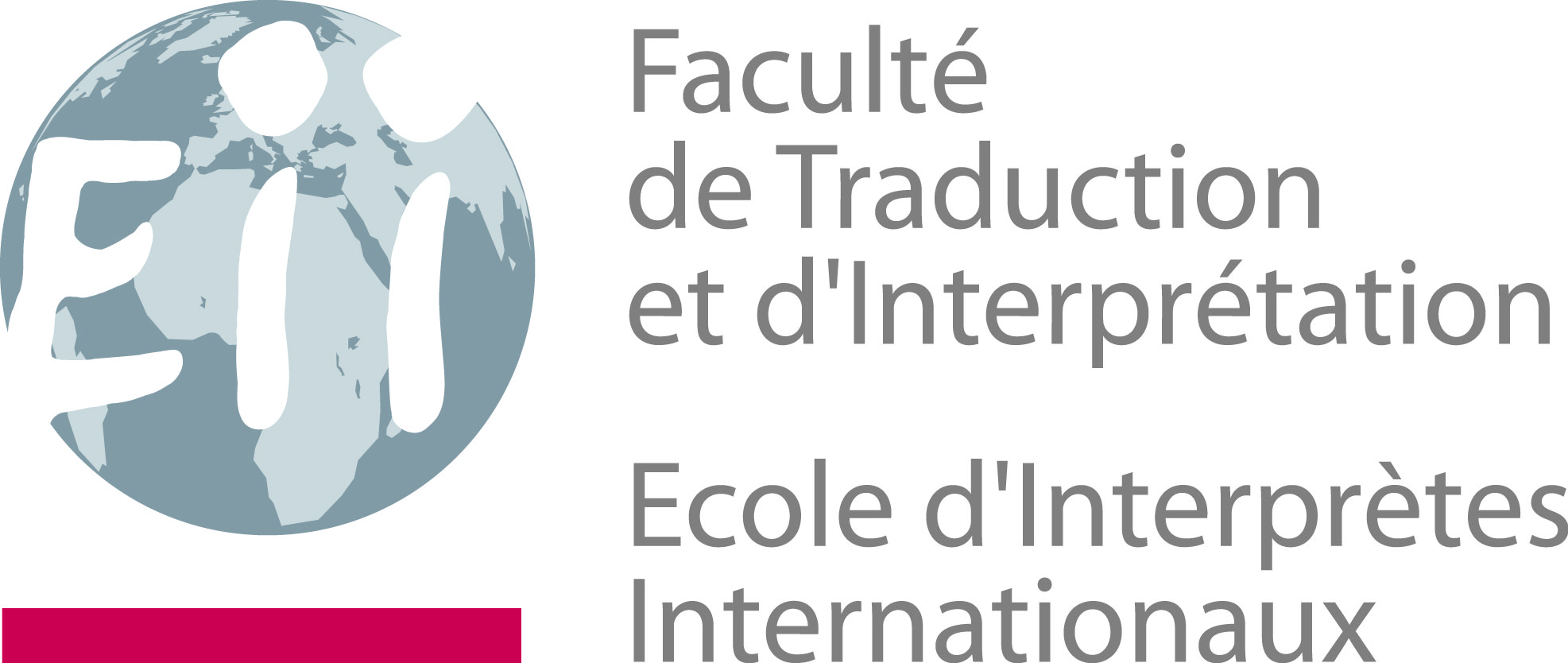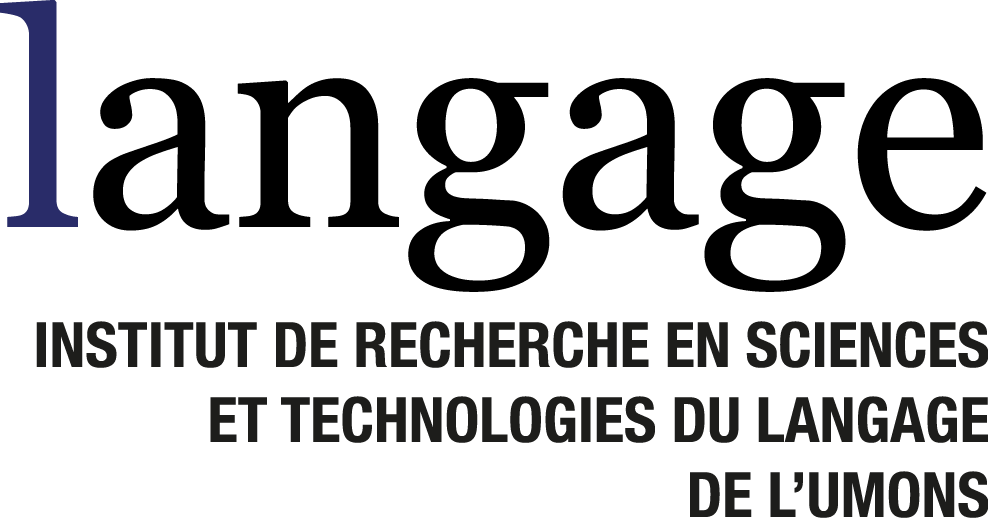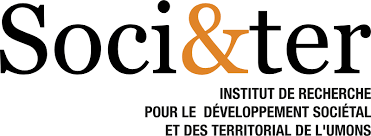LSP 2025: Languages for Specific Purposes and the Popularization of Science in Pop Culture
Université de Mons, Belgium - May 6-7 2025
 |
 |
 |
 |

Call for Papers
Languages for specific purposes (LSP), commonly defined as the use of language (by native and non-native speakers) to meet specific needs in specialized domains, have always been ingrained into popular culture. Johns (1994, p.4) posits LSP practices in spoken and written discourses as “cultural artifacts,” possibly even “genres that serve communicative purposes within groups of individuals who think and speak of themselves as community members”.
As a result, discourse markers that are characteristic of LSP such as putting forth theories or hypotheses, using scientific jargon and terminology, or resorting to charts and formulas can be observed in literature, science-fiction films or even on fandom forums. Though typically assuming a form closer to that of layman’s terms, such markers seek to convey scientific factual information while complying with the genres’ and media’s entertainment imperatives.
To name a few examples, let us consider Donald in Mathmagic Land (1959), a Disney Studio animated short that explains to children how core mathematical theories can be applied in real life; The Queen’s Gambit (1983), a coming-of-age novel built around game theory, chess and chess openings more specifically (after some unsuccessful attempts the novel was adapted into an eponymous series released on Neflix in 2020); or The Big Bang Theory (2007-2019), a sitcom showcasing a group of young scientists working at Caltech. The series’ ensemble cast centers on three physicists and an engineer whose interactions involve copious amounts of references and nods to scientific theories. Science-fiction, as a literary or cinematic genre, also relies heavily on LSP to convey real or realistic ideas: in Interstellar (2014), for example, further explorations of Einstein’s theory of relativity enable astronauts to travel through time and space.
We welcome paper proposals for a two-day international conference on languages for specific purposes or their translation in the popularization of science in pop culture. Proposals may address but are not limited to the following:
Language and Terminology: how do jargon and terminology fit in fictional narratives? How is science popularization linguistically achieved in fictional narratives (and why)? Can linguistic processes deliberately target a scientific community? Science popularization is notably achieved through metaphors (Fries, 2011; Rossi, 2015), questions, personalization, humor and contingency (Giannoni, 2008). Can we therefore assume that literary or filmic narratives centered on scientific theories turn to storytelling? If so, what are the underling storytelling processes to consider (Resche, 2016)? What discourse markers reflect the use of languages for specific purposes (Babaii and Asadnia, 2021)? Where do LSP and popularization processes fit in communication practices and genres (novels, comics, movies, science fiction, subtitling, advertising, post on social media, etc.)?
Language or LSP Teaching: As recalled by Kirby (2014) and Vidal (2018), the “deficit model” still is the dominant outlook on science communication in academia. Though criticized (Pouliot and Godbout, 2014), this model emphasizes scientific illiteracy and the need to educate the public. From such a perspective, popularization and LSP seem inseparable. What are the inter- or intralinguistic phenomena at stake in such practices? Is there, for example, a difference in registers when experts and laymen interact? Assuming a pedagogical standpoint, numerous scholars (Johns, 1994; Petit, 1999; Isani, 2009; Whyte, 2016; Cartron, 2022) established the use of popular fiction (literary, cinematic or televised) as authentic material for LSP teaching. How can such texts open the way to LSP for language learners?
Reception: In Kirby’s view (2014), popular science and science fiction influence “people’s belief structures by shaping, cultivating, or reinforcing the ‘cultural meanings’ of science”. But what exactly can be said of the reception of such works? Do members of the audience identify to specific communities (scientific community, laymen, fandoms, etc.)? Or do such works induce a form of rejection? Screenwriters and filmmakers often rely on scientists or scientific organizations as consultants during film production to ascertain the accuracy of their depiction of scientific concepts. How are such approaches perceived by the public (and by scientists)? Can the use or translation of LSP be approached from the perspective of audience studies (Esquenazi, 2009a)? Starting from premises borrowed from fan studies, and with the rise of geek culture, should science specialists be considered an audience in their own right (Clark, 2008)?
Adaptation et intermediality: How are scientific concepts and theories represented using different semiotic systems - images, language and LSP, dialogue, musique, etc.? Is popularization necessarily facilitated by intersemiotic relations? How does the representation of “scientific systems” (Kirby, 2008, 2014) influence adaptation – be it from text to screen, from cinema to television or from film to novel? Does adaptation necessarily reveal “a tension not only between the narrative forms of media and those of science, but also between the needs of the entertainment industry and those of the scientific community” (Kirby, 2008, p. 42)? Or can adaptation testify to the existence of “vast narratives” or transmedia genres, like science fiction (Van Parys and Hunter, 2013, p. 3)?
Referentiality: When a detailed understanding of the scientific content is required, what references or background knowledge does it presuppose? As mentioned before, Kirby (2008) emphasizes the tension between the needs of the entertainment industry and the scientific community. Where scientists need to claim authenticity of scientific depictions, filmmakers wish to attain “an acceptable level of verisimilitude” (p. 42). How does referentiality, i.e. references to the external world, and more specifically to scientific factual information, influence the authenticity of the depicted storyworld? Where does scientific truth fit in translation or adaptation? Can popularization processes serve “the truth of fiction” (Esquenazi, 2009b)?
References
Babaii, E., & Asadnia, F. (2021). “If a black hole is an oyster, then . . .”: The discoursal trends of popularization in science fiction movies. Public Understanding of Science, 30(7), 868 880. https://doi.org/10.1177/09636625211038117
Cartron, A. (2022). Vers une caractérisation du spécialisé représenté dans la fiction à substrat professionnel télévisuelle : l’exemple de la série policière et criminalistique NCIS. ILCEA, 47. https://doi.org/10.4000/ilcea.15239
Clark, M. (2008). Science Fiction Fandom, Geek Culture, and the Image of the Engineer. International Network for Engineering Studies. https://www.inesweb.org/files/Clark.doc
Esquenazi, J.-P. (2009a). Sociologie des publics. La Découverte.
Esquenazi, J.-P. (2009b). La Vérité de la fiction. Comment peut-on croire que les récits de fiction nous parlent sérieusement de la vérité ? Lavoisier.
Fries, M.-H. (2011). De l’utilité des métaphores dans le style scientifique. Etudes de stylistique anglaise, 2, 57 76. https://doi.org/10.4000/esa.1881
Giannoni, D. S. (2008). Popularizing features in English journal editorials. English for Specific Purposes, 27(2), 212 232. https://doi.org/10.1016/j.esp.2006.12.001
Isani, S. (2009). Specialised fictional narrative and lay readership: Bridging the accessibility gap. ASp, 56, 45-65. https://doi.org/10.4000/asp.129
Johns, A. M. (1994). LSP and culture: A special relationship. ASp, 56, 1119. https://doi.org/10.4000/asp.4002
Kirby, D. (2008). Cinematic science: The public communication of science and technology in popular films. In Bucchi & B. Trench (Éds.), Routledge Handbook of public communication of science and technology. Routledge, taylor & Francis Group, 41-56.
Kirby, D. (2014). Science and technology in films: Themes and representations. In M. Bucchi & B. Trench (Éds.), Routledge handbook of public communication of science and technology (Second edition). Routledge, Taylor & Francis Group, 97-112.
Petit, M. (1999). La Fiction à substrat professionnel : une autre voie d’accès à l’anglais de spécialité. ASp, 23-26. https://doi.org/10.4000/asp.2325
Pouliot, C., & Godbout, J. (2014, 12 Novembre). Il est temps de se débarrasser du « modèle du déficit ». University Affairs/Affaires Universitaires. https://www.affairesuniversitaires.ca/opinion/a-mon-avis/il-est-temps-de-se-debarrasser-du-modele-du-deficit/
Resche, C. (2016). La mise en récit dans les discours spécialisés. Peter Lang.
Rossi, M. (2015). In rure alieno : Métaphores et termes nomades dans les langues de spécialité. Peter Lang.
Van Parys, T., & Hunter, I.Q. (2013). Science Fiction across media: Adaptation/Novelization. Gylphi.
Vidal, F. (2018). Accuracy, Authenticity, Fidelity: Aesthetic Realism, the “Deficit Model,” and the Public Understanding of Science. Science in Context, 31(1), 129 153.
Whyte, S. (2016). Who are the specialists? Teaching and learning specialised language in French educational contexts. Researching and teaching languages, 35(1). https://doi.org/10.4000/apliut.5487
Website © 2024 Charlène Meyers